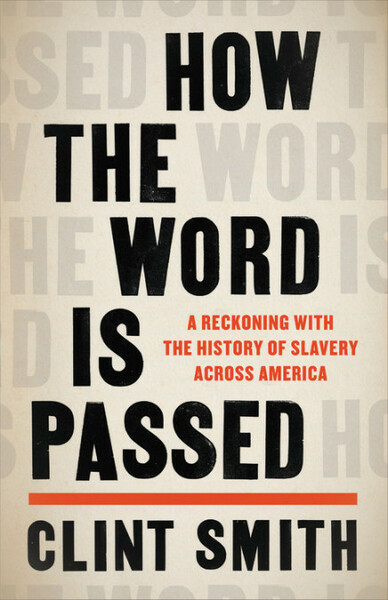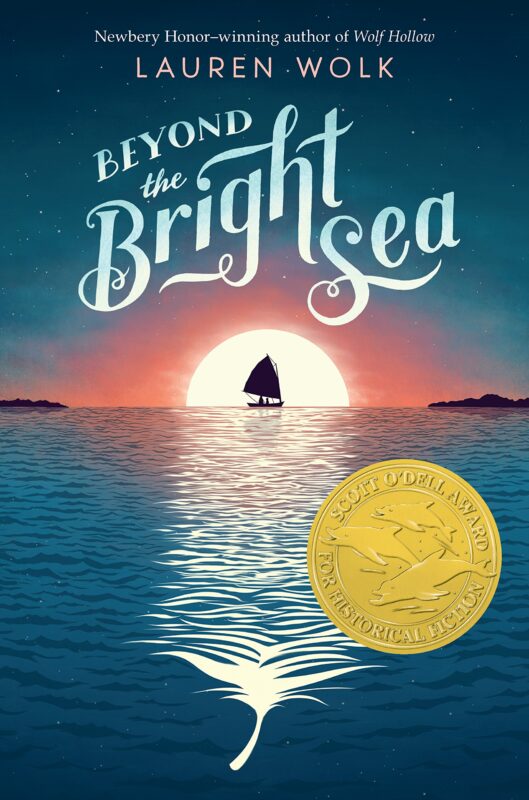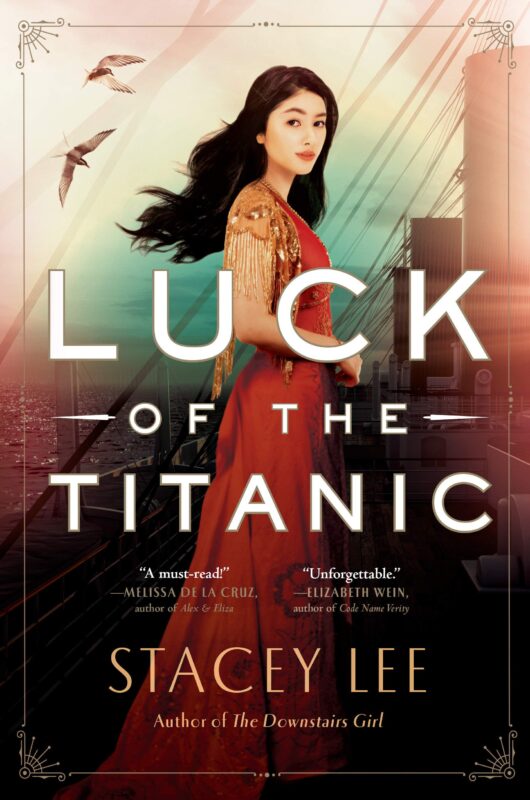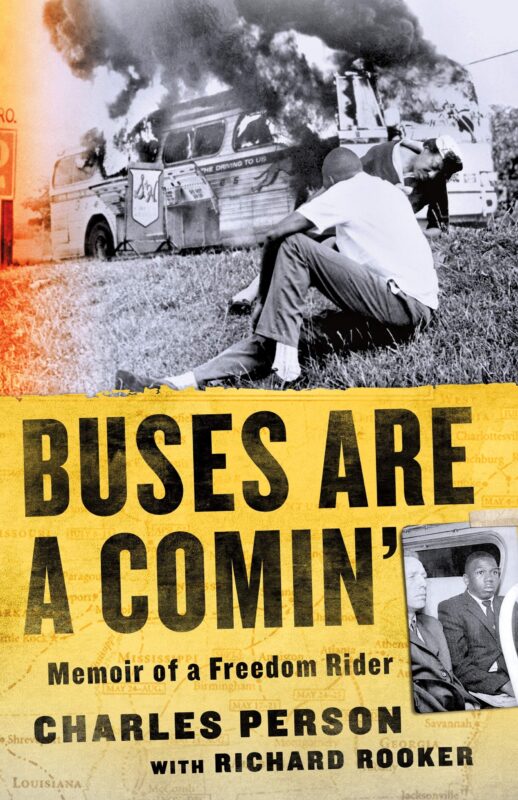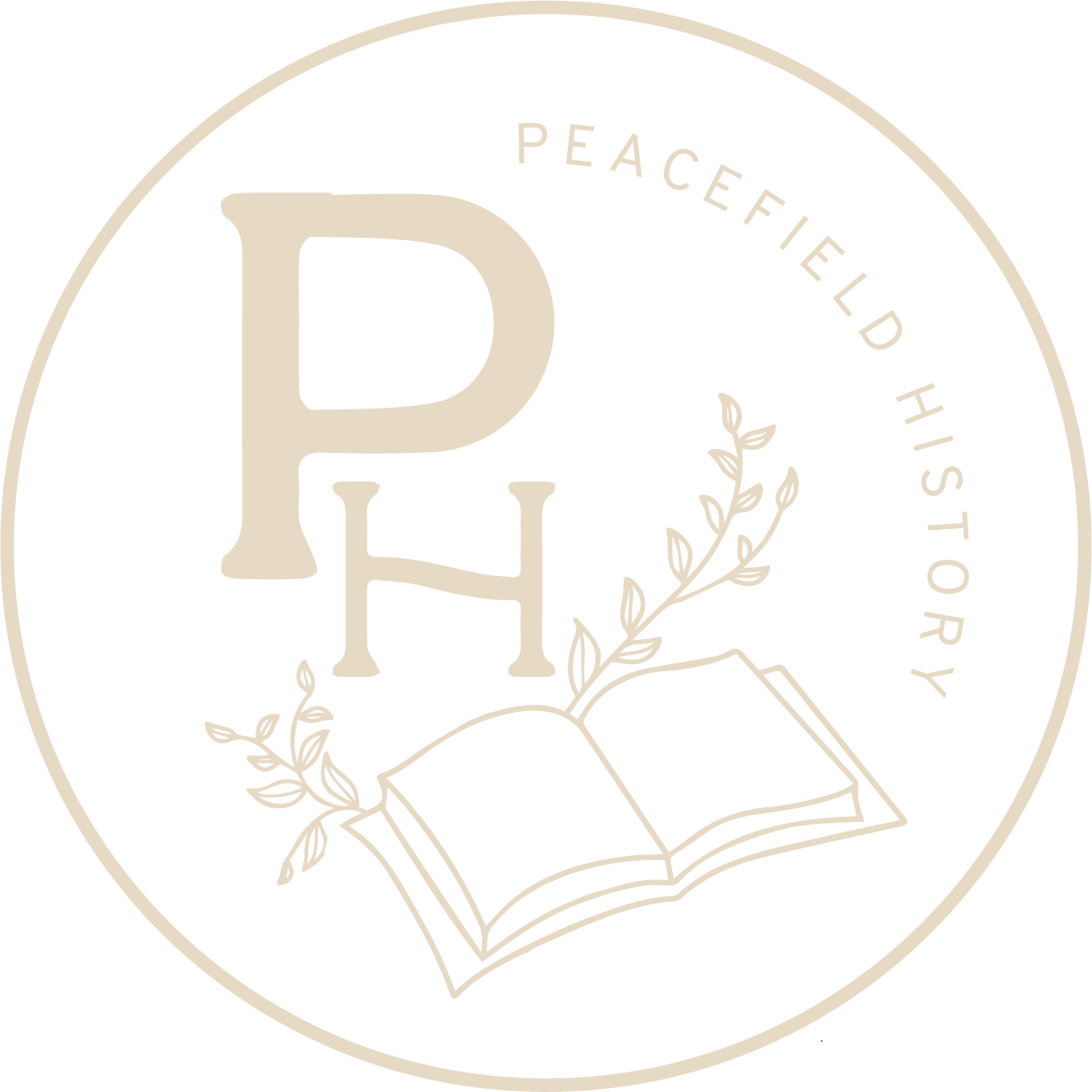
This was a really unique month for me this year. As someone who has been in school (either as a teacher or a student) since I was five years of age, it was surreal to experience September without a return to academia. I started my month with a short road trip to the Maine coast. I knew that I didn’t want to be at my home when the buses started running down my road. Although I was a bit shaken at first, I’ve found that not being at school has been so good for my well-being. I really needed this time away, and I’m so glad that I listen to my conscience and took this year off from teaching.
I’ve also found that this time has given me so many new ideas for Peacefield History and for the ways I can contribute to education and help teachers who have been stressed beyond all sense of fairness – both before the pandemic, and now even more so.
I hope I get the chance to see some of those ideas to fruition before I go back to teaching next year, and find myself exhausted by the idea of microwaving soup on a Friday night. We’ll see.
Loves and Links
- Motivate, Situate, Evidence, Illustrate: Teaching beyond Primary and Secondary Sources – I’ve often noted that I think that we spend a bit too much time discussed and dividing primary souces from secondary sources. While I think it’s a necessary distinction, there are so many exceptions to the rule, andI just find it a waste of class time to spend days parsing out the details. This article noted similar issues and is well worth the read. As the author noted, “We shouldn’t eliminate the primary–secondary distinction entirely. Despite its limitations, it is deeply entrenched, and it is useful as a rough differentiator. But I would advocate dislodging that crude binary from its privileged place in history pedagogy. Presenting it as just one possible way to classify our sources can encourage students to ask more-productive questions.”
- Move Over, Melvil! Momentum Grows to Eliminate Bias and Racism in the 145-year-old Dewey Decimal System – I had no idea that this was an issue. This article is enlightening.
- Finishing Class Strong with Optimistic Closures – I really enjoyed this idea for closing class. I have a tendency to just abruptly end class, and I’ve never really liked that fact. This quick video presents some options for some SEL-minded closures to class.
- Prehistoric Footprints Push Back Timeline of Human’s Arrival in North America – You may have missed this headline over the past month. It never fails. Once I teach about the earliest Americans, there’s always a headline that updates what we know. These footsteps provide evidence to push back that date.
Peacefield History posts from this past month…
Teaching the Skill of Historical Thinking – After a question from an Instagram reader, I realized that I’ve never really explained exactly how I go about tackling the process of teaching historical thinking. I put together a blog post outlining how I delve into the process with my classes.
Historical Fiction and 9/11 – In the 20 years after 9/11 there have been some fantastic historical fiction books published that discuss the events and the aftermath of those events in some detail. I curated a list of the best YA and middle-grade fiction surrounding 9/11. There are some gems in this list. You can read each of my reviews by checking out the post.
I also posted on my Instagram page about the new book releases for middle grade and YA historical fiction and non-fiction. You can preview the offerings below and shop through these links on bookshop.org.
Boss Tweed and Tammany Hall – I only posted one resource this past month. However, I have several more that are half-finished and sitting in draft mode on my computer. This resource reviews both the corruption and the benefits of Tammany Hall. Students evaluate whether they think Tammany Hall was more of a benefit to new immigrants or a detriment.
Reads and Reviews
I wasn’t able to read as many books of my own choosing because I read so many about September 11th. Still, I had several books I enjoyed. You can read my reviews below.
How the Word is Passed
Series: Reads and Reviews, Reads and Reviews - September 2021
Genre: Teaching Social Studies
Clint Smith’s book, How the Word is Passed, was absolutely once of my favorites this year. I devoured the text, and definitely put off more pressing matters in favor of reading his words.
Smith sought to reckon with slavery in America by reconciling his own personal experiences with the story of slavery. He visited many historical landmarks, interviewed tour guides and visitors, and then reflected on what he saw and what they had to say.
Although I was aware of much of the history that Smith discussed, the combination of his reflections, his interviews, and his descriptions of each place made the process of reading this book summarily enlightening. Smith’s writing is so lyrical that it almost felt like I was reading a long form poem instead of a narrative.
Honestly, I think this book is for every American. I’ve seen so many fellow teachers post about this book, and now I see why! I could see teachers assigning a chapter or two for either an English or a History class. Please pick up a copy for yourself.
More info →Beyond the Bright Sea
Series: Reads and Reviews, Reads and Reviews - September 2021
Genre: Historical Fiction - Middle Grade
Crow was an abandoned baby who washed up on the shore of a small island in Maine. She was taken in and adopted by a man named Osh. At twelve years old, Crow starts questioning her identity and her origin. Her investigations lead her in the direction towards an abandoned island nearby that once housed a leper colony and rumors of buried treasure.
This wasn't a book that captured my interest, and I'm not sure why. I loved the setting, the story was sweet and simple, and the writing was lovely. However, for some reason I just didn't connect with the characters. As one Goodreads review noted, the book was both heartbreaking and boring at the same time.
Notably, although this book takes place in the 1920s, the story is really timeless. The only indication of historical content is the concern over "lepers" and the leper colony that was located near Crow's adoptive home.
More info →Luck of the Titanic
Series: Reads and Reviews, Reads and Reviews - September 2021
Genre: Historical Fiction - YA
(YA reading level - there is some racism and the use of racial slurs, beyond that, the book is very clean)
Valora Luck is the daughter of a white mother and a Chinese father. She and her brother have been trained as circus performers, and both parents are deceased. Luck decides to disguise herself as a well-off widow and is able to finagle her way onto the infamous Titanic shortly before it leaves that harbor. She then finds her brother aboard and is able to entangle herself in many dramatic plotlines, as she attempts to pass herself off as both a male Chinese circus performer and a widowed first-class passenger.
My main criticism of this book is that it didn't need to take place on the Titanic. Much of the plot could have taken place on any ship crossing the Atlantic during this time. I understand that Lee wanted to explore the history of the Chinese men who survived the Titanic, but a fictional female character was the main character of the story. I think the struggles Luck faced (racism, poverty, the Chinese Exclusion Act, etc) could have been better explored if the story just took place on a ship - no ice needed. I spent much of the book waiting for the ship to hit the ice, as then all of the stories that led up to the sinking wouldn't really matter. That was really my struggle with this book. I knew that all of the plots would be stressed or demolished towards the end, so I never really found myself invested in the stories of the characters. I do look forward to reading more Stacey Lee books, as I really enjoyed her writing, just not the plot structure of this particular tale.
More info →Buses Are a Comin’: Memoir of a Freedom Rider
Series: Reads and Reviews, Reads and Reviews - September 2021
Genre: Historical Nonfiction - YA
Well, I started this book about 36 hours ago, and I'm now finished.
I'm well versed in the story of the Freedom Rides. I read a full book outlining the events when I was younger, I have taken more than one class on the Civil Rights movement, and have shown more than one documentary in class. Still, the gripping account of Charles Person's experience with the Freedom Rides during the Civil Rights movement enthralled me from cover to cover. The authenticity in his story and in the emotion he relays is unparalleled. It's one of the best historical memoirs I've read.
For instance, in one section, Person explains the fear one feels when one encounters pure racial hate. As he notes, " If you want to know what Anniston felt like when our bus arrived, go to the deadly sites- the deadly nights - of the Civil Rights Era... fix your thoughts on what it must have been like on each of those solemn, horrific, now sacred, nights. Stand still..." He then goes on to describe the racial violence the Freedom Riders encountered when they arrived in Anniston, Alabama. Person discusses many accounts of violent attacks and many accounts of friendship, bravery, and true white allyship. Still, it's the way he describes them that makes this book enthralling and timeless. It's simply a must-read.
More people should be talking about and reading this book. It is one of the best accounts I've read that draws a throughline between the protests of the Civil Rights era to today. If you teach U.S. History, grab a copy of this book, display it in your classroom, and share the story with students. You can read sections to a full class and I have no doubt that it will keep their attention.
More info →